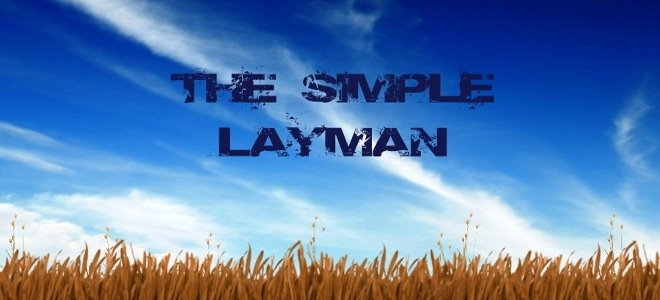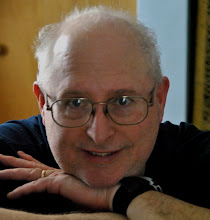I fell in love with photography when I was in college. Over the years that love began to grow and at one time ran a quality photo lab until it went out of business due to finances and competition in the area. When the company went out of business so did my resources. I was never well off and the photo lab gave me access to cheap processing of my pictures and a place to do my thing so to speak. With that well run dry photography took a second seat to my other work skills that I had to use to support my family. That was in 1994 when my oldest son was born. The camera pretty much sat in the closet collecting dust. Well, I did take it out once in a while to take a family photo or two but for the most part I didn't touch it.
Sometime along the way since then my wife got a small 3 megapixel camera to take photos of the kids since I hadn't been and she wanted to catalog their growing years. I did pick up an old 3D David White realist camera a few years back that I lovingly restored and took some 3D slides with but over a few months time this too went to the back of the closet.
It wasn't until this year that my cameras came out of the closet. My youngest daughter became interested in photography and began asking me questions and so I had to pick my brain for the answers. My daughter needed to understand what went on behind the pictures she was taking and how the camera saw things differently than her eyes did. She began asking me all sorts of questions related to photography. I realized she wanted more than to just point and shoot. She wanted to control what went into the camera and what came out as a print. While explaining to her on a couple of photo expeditions together I would see in my mind all the details of the scenes and the camera controls for shots she was taking. When I did a desire began again to pick up the old cameras and this began my fascination all over again.
As I began to investigate what was needed to restore my cameras I noticed something had changed along the way. Photography had changed. What was the beginnings of digital photography (you know, the 1 megapixal cameras of the 90's) was now in full bloom. Digital had taken over the world. Film as it seemed from a consumer point had become dead. Everything now was done with memory cards or by sending it directly over the internet. I was pleased to find in searching that almost all of the stuff like chemistry, enlargers, papers, film, darkroom supplies was still available (surprise! it even had the same labeling as back then). It just wasn't available in my local photo shops anymore but there was still a healthy following and I could still show her how to do black & white printing if she wants. The downside was there were now only two companies that had a 35mm SLR camera with changible lenses available. I ended looking on ebay and finding two nikons with 50mm lenses almost "dirt" cheap for my daughter to play around with so I could teach her about aperatures, f/stops, shutter speeds, and depth of field.
Digital photography had come of age and was the big player now. Everything was digital from a commercial point of view which isn't a bad thing. It's just that I didn't think just snapping a photo digitally and sending it to a photo lab would give her an understanding of light and how it affects the scene in the final print. I wasn't suprised that she took to the totally manual camera. There is something about a mechanical camera and the way it feels to focus it and crank the film advance. She fell in love with the Nikon so much that when I purchased a manual Minolta SRT 101 in a thrift shop for $24.00 she didn't want to part with the Nikon.
The Golden Vial - a book review
-
Loved it, loved it so much.
Book 3 in the Legends of the Realm series. I read book 1 in early 2015 and
book 2 in early 2016.
I highly recommend you read T...
7 years ago






